The Philippines is known for its rich biodiversity, boasting an array of plants that possess remarkable medicinal properties. With a long history of traditional healing practices, Filipinos have been utilizing these plants for centuries to treat various ailments. This article aims to shed light on some of the most common medicinal plants in the Philippines, highlighting their healing properties and potential business opportunities in the herbal industry. 1. Lagundi (Vitex negundo): Lagundi is a popular medicinal plant in the Philippines, widely recognized for its potent anti-inflammatory and analgesic properties.

.
 Traditionally used to alleviate respiratory problems, such as cough, asthma, and colds, this plant has gained recognition for its potential in managing symptoms of respiratory conditions. Lagundi extracts can be found in various forms, including capsules, syrups, and tablets, making it a promising product for the herbal industry. 2. Sambong (Blumea balsamifera): Sambong, also known as blumea camphor, is a widely available medicinal plant in the Philippines. Its leaves are commonly used for brewing tea, which is known for its diuretic and anti-inflammatory properties. Sambong tea is often used to promote urinary health and helps in managing kidney stones, urinary tract infections, and other urinary-related ailments. The demand for sambong tea products has steadily increased in recent years, presenting a lucrative opportunity for entrepreneurs.
Traditionally used to alleviate respiratory problems, such as cough, asthma, and colds, this plant has gained recognition for its potential in managing symptoms of respiratory conditions. Lagundi extracts can be found in various forms, including capsules, syrups, and tablets, making it a promising product for the herbal industry. 2. Sambong (Blumea balsamifera): Sambong, also known as blumea camphor, is a widely available medicinal plant in the Philippines. Its leaves are commonly used for brewing tea, which is known for its diuretic and anti-inflammatory properties. Sambong tea is often used to promote urinary health and helps in managing kidney stones, urinary tract infections, and other urinary-related ailments. The demand for sambong tea products has steadily increased in recent years, presenting a lucrative opportunity for entrepreneurs.
..
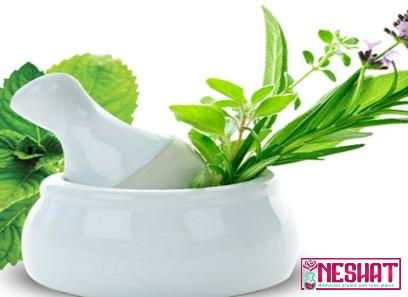 3. Yerba Buena (Clinopodium douglasii): Yerba Buena is a medicinal plant endemic to the Philippines, recognized for its analgesic properties and soothing effect on the stomach. Traditionally used to relieve pain, such as headaches, toothaches, and muscle pains, this plant has gained popularity as an alternative pain reliever. Yerba Buena oil and ointments are in high demand, making it an attractive product for both the local and international markets. 4. Ampalaya (Momordica charantia): Ampalaya, also known as bitter gourd, is a common vegetable in the Philippines, but it is also valued for its medicinal properties. Rich in antioxidants and vitamins, ampalaya is widely used in traditional medicine to manage blood sugar levels and assist in diabetes management. With the rising global interest in natural remedies for diabetes, products derived from ampalaya, such as capsules and extracts, hold great potential in the herbal industry.
3. Yerba Buena (Clinopodium douglasii): Yerba Buena is a medicinal plant endemic to the Philippines, recognized for its analgesic properties and soothing effect on the stomach. Traditionally used to relieve pain, such as headaches, toothaches, and muscle pains, this plant has gained popularity as an alternative pain reliever. Yerba Buena oil and ointments are in high demand, making it an attractive product for both the local and international markets. 4. Ampalaya (Momordica charantia): Ampalaya, also known as bitter gourd, is a common vegetable in the Philippines, but it is also valued for its medicinal properties. Rich in antioxidants and vitamins, ampalaya is widely used in traditional medicine to manage blood sugar levels and assist in diabetes management. With the rising global interest in natural remedies for diabetes, products derived from ampalaya, such as capsules and extracts, hold great potential in the herbal industry.
…
 5. Gingers (Zingiber officinale and Alpinia galanga): Gingers are widely known for their culinary uses but are also notable for their medicinal properties. Ginger has long been used for its anti-inflammatory and digestive benefits, while galangal possesses antibacterial and antifungal properties. Both plants are extensively used in traditional Filipino medicine and are sought after for their potential in various health-focused industries, including supplements, teas, and personal care products. Conclusion: The Philippines’ remarkable abundance of medicinal plants offers an extensive range of business opportunities in the herbal industry. With growing global interest in natural and alternative medicine, entrepreneurs can capitalize on the country’s rich biodiversity to tap into the demand for effective and sustainable remedies. While this article highlights only a few examples of the most common medicinal plants in the Philippines, there are many more waiting to be discovered and harnessed for their potential healing powers. By embracing nature’s wisdom, we can unlock the untapped potential of these plants and contribute to the well-being and health of individuals around the world.
5. Gingers (Zingiber officinale and Alpinia galanga): Gingers are widely known for their culinary uses but are also notable for their medicinal properties. Ginger has long been used for its anti-inflammatory and digestive benefits, while galangal possesses antibacterial and antifungal properties. Both plants are extensively used in traditional Filipino medicine and are sought after for their potential in various health-focused industries, including supplements, teas, and personal care products. Conclusion: The Philippines’ remarkable abundance of medicinal plants offers an extensive range of business opportunities in the herbal industry. With growing global interest in natural and alternative medicine, entrepreneurs can capitalize on the country’s rich biodiversity to tap into the demand for effective and sustainable remedies. While this article highlights only a few examples of the most common medicinal plants in the Philippines, there are many more waiting to be discovered and harnessed for their potential healing powers. By embracing nature’s wisdom, we can unlock the untapped potential of these plants and contribute to the well-being and health of individuals around the world.

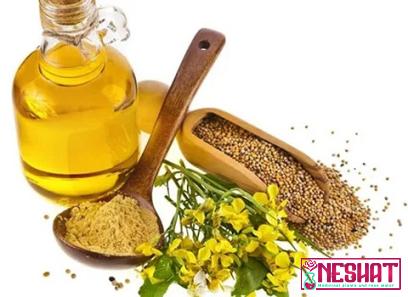
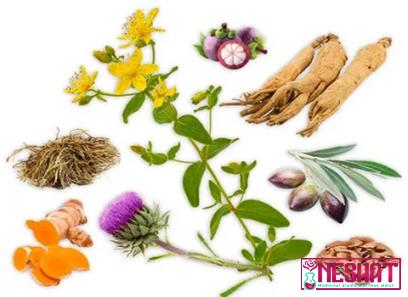

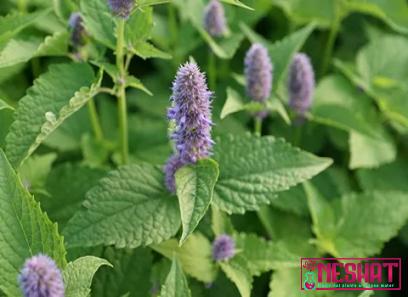
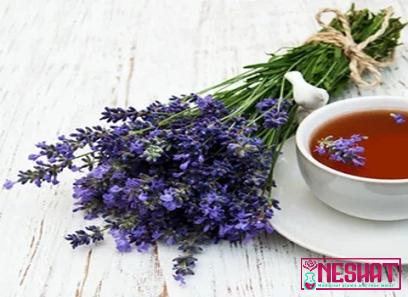
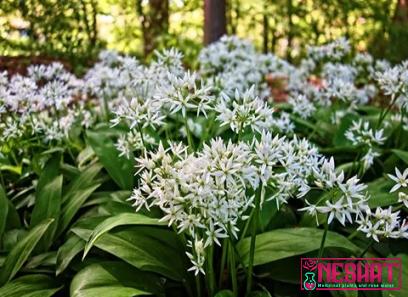


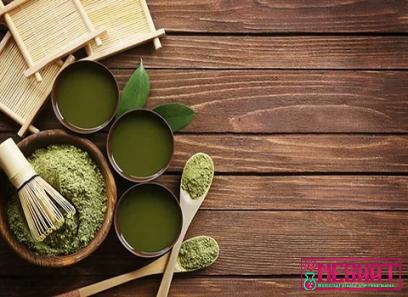
Your comment submitted.